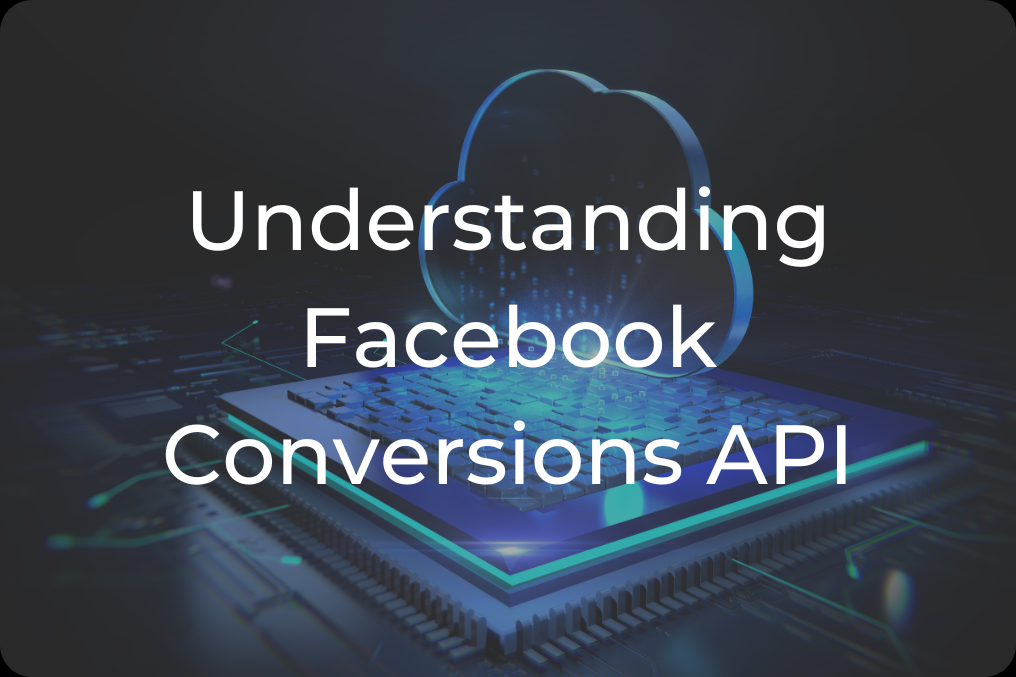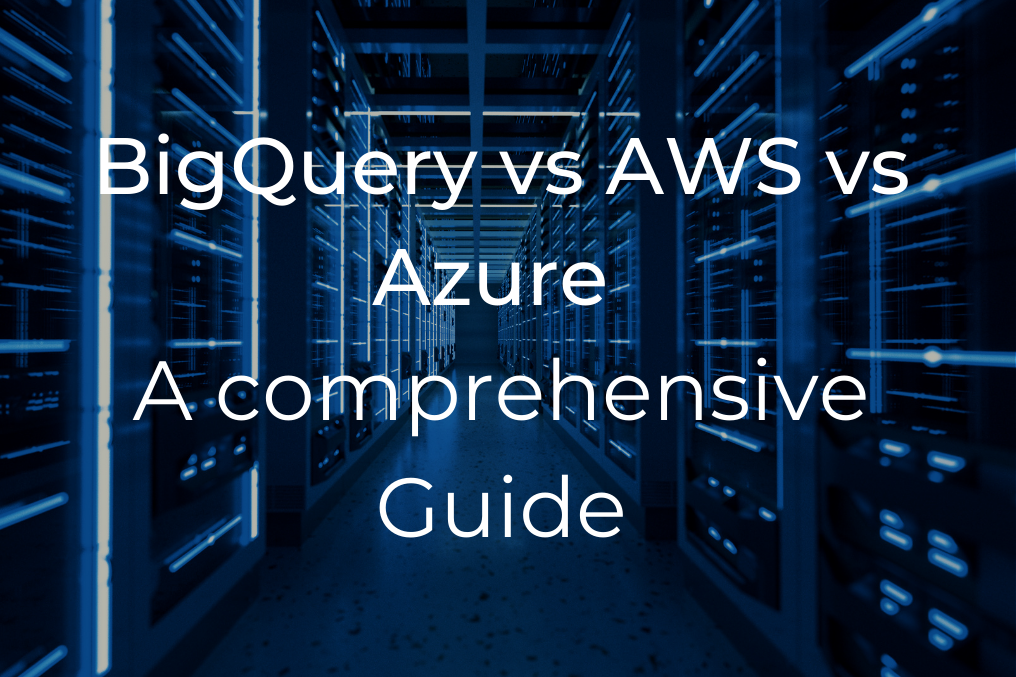
“We’ll help you boost performance, simplify processes, and drive growth with data solutions.”
Beyond CRM: Why CDPs are the Next Big Thing in Marketing Tech
As a marketer, have you ever struggled to make sense of your customer data? Do you find yourself juggling multiple spreadsheets, databases, and tools to get a unified view of your customers? You’re not alone. Many businesses face similar challenges, and that’s precisely why Customer Data Platforms (CDPs) have emerged as the next big thing in marketing technology. As a marketing consultant specializing in CDPs, I’ve seen firsthand how businesses struggle to harness the power of their customer data. One of our client was drowning in data from various sources – their CRM, social media, website analytics, and email marketing platforms. They had a wealth of information but no way to unify it into actionable insights.
Table of Contents
Toggle
In this blog, we’ll dive deep into why CDPs are revolutionizing marketing technology. We’ll explore how CDPs go beyond traditional CRM systems, offering a 360-degree view of your customers and enabling hyper-personalized marketing strategies. Whether you’re a marketing professional, a business owner, or simply curious about the latest in martech, this comprehensive guide will shed light on why CDPs are the next big thing and how they can transform your business.
What is a CDP
CDP is a software solution that collects, unifies, and organizes customer data from various sources into a single, centralized platform. It provides a comprehensive, real-time view of customer behavior, preferences, and interactions across multiple channels.
Key features include:
- Data collection from multiple sources
- Data cleansing and unification
- Customer profile creation
- Segmentation and analysis tools
- Integration with marketing execution systems
The Rise of CDPs
CDPs address the shortcomings of CRMs by providing a unified, real-time view of customer data. According to a report by MarketsandMarkets, the CDP market is expected to grow from $1.2 billion in 2020 to $6.8 billion by 2025, at a Compound Annual Growth Rate (CAGR) of 34.6%.
The Shift from CRM to CDP: Why the Change is Necessary
CRMs vs. CDPs: A Fundamental Difference
- To understand the need for CDPs, let’s first explore the key differences between CRMs and CDPs. A CRM system is designed to manage customer relationships, track interactions, and store contact information. It’s typically used by sales and customer service teams to nurture leads, manage accounts, and track sales opportunities. However, CRM data is often siloed, incomplete, and fails to capture a holistic view of the customer journey, especially across digital touchpoints.
- On the other hand, a CDP is built specifically for marketers. It pulls together data from various online and offline channels—social media, websites, emails, apps, and even in-store interactions—into a unified customer profile. CDPs use this centralized data to drive personalized experiences and actionable insights, helping businesses engage with customers on a deeper level.
Table: Key Differences Between CRM and CDP
Feature | CRM | CDP |
Primary Use | Sales & customer relationship management | Unified customer data for marketing |
Data Sources | Structured, often siloed (sales-focused) | Structured & unstructured, multi-channel |
Data Handling | Manual data entry | Automatic data collection from all touchpoints |
Personalization | Limited | High, with real-time personalization |
Audience Segmentation | Basic | Advanced, behavior-based, AI-driven |
Why Your Business Needs a CDP: 7 Game-Changing Benefits
In today’s digital age, understanding your customers is crucial for business success. A CDP helps you achieve this by providing a unified, real-time view of your customers. According to a study by Gartner, companies that use CDPs experience a 20-30% increase in customer engagement and a 10-15% increase in revenue.

1. Enhanced Customer Insights
A CDP collects and integrates data from various sources, providing a comprehensive customer profile. This enables you to:
- Analyze customer behavior and preferences
- Identify high-value customers and loyalty opportunities
- Develop targeted marketing campaigns
Example: Walmart uses a CDP to analyze customer purchase history and browsing behavior. This helps them identify high-value customers and offer personalized promotions, resulting in a 15% increase in sales.
2. Improved Personalization
CDPs enable personalized experiences across channels, increasing customer engagement and loyalty.
- Tailor content and offers to individual customers
- Use predictive analytics for proactive recommendations
- Enhance customer journeys with real-time data
Example: Netflix uses a CDP to recommend content based on users’ viewing history and preferences. This leads to a 75% increase in engagement and a 50% reduction in churn.
3. Omnichannel Engagement
CDPs facilitate seamless interactions across channels, ensuring consistency and relevance.
- Integrate data from social media, email, customer support, and more
- Create cohesive customer experiences across touchpoints
- Enable real-time customer service
Example: Disney uses a CDP to integrate customer data from theme parks, resorts, and online channels. This enables personalized experiences and reduces customer complaints by 30%.
4. Increased Efficiency and Productivity
CDPs automate data integration and analysis, freeing up resources for strategic decision-making.
- Streamline data management and reduce manual errors
- Focus on high-value tasks like campaign optimization
- Enhance collaboration between marketing, sales, and customer support
Example: IBM reduced data integration time by 90% using a CDP, freeing up 200 hours of staff time per month.
5. Better Data Governance and Compliance
CDPs ensure data accuracy, security, and compliance with regulations like GDPR and CCPA.
- Centralize data management and access controls
- Monitor data quality and detect anomalies
- Ensure transparency and customer consent
Example: Microsoft uses a CDP to manage sensitive customer data, ensuring compliance with GDPR and reducing data breaches by 90%.
6. Real-Time Analytics and Decisioning
CDPs provide up-to-the-minute insights, enabling timely decision-making.
- Monitor customer behavior and preferences in real-time
- Respond to trends and opportunities instantly
- Optimize campaigns and improve ROI
Example: Amazon uses a CDP to analyze real-time sales data, identifying trends and optimizing inventory management.
7. Measurable ROI and Growth
CDPs help measure campaign effectiveness and optimize budget allocation.
- Track customer lifetime value and retention
- Analyze campaign ROI and adjust strategies
- Identify new revenue opportunities
Example: A study by Forrester found that companies using CDPs experience a 3:1 ROI on marketing campaigns.
Top 10 CDP Tools
1. Segment
Segment is a leading CDP that focuses on collecting, cleaning, and unifying customer data from various touchpoints into a centralized database. It allows businesses to gain a 360-degree view of their customers and send that data to various tools, including marketing, analytics, and customer service platforms.
- Key Features:
- Cross-channel data collection from websites, mobile apps, and other digital touchpoints.
- Integration with over 300 applications, allowing seamless data flow to marketing, analytics, and sales platforms.
- Real-time customer profile creation and segmentation for personalized marketing campaigns.
- Identity resolution, which merges user data across multiple devices and touchpoints to create a unified profile.
- Best For: Companies looking for an easy way to gather and route customer data across various platforms.
2. Treasure Data
Treasure Data is an enterprise-grade CDP that offers robust scalability and flexibility. It provides advanced data collection and analysis capabilities, suitable for large businesses with diverse datasets.
- Key Features:
- Seamless data integration from over 150 data sources, including online and offline channels.
- Advanced AI and machine learning tools for customer segmentation and predictive analytics.
- Customizable data workflows to automate marketing and sales efforts.
- Powerful identity resolution capabilities for managing complex customer data sets.
- Best For: Large enterprises needing flexible, AI-driven insights with complex data processing requirements.
3. Tealium AudienceStream
Tealium AudienceStream is a leading CDP known for its robust real-time data management and audience segmentation. It integrates with numerous marketing and analytics platforms to provide a seamless, unified customer view.
- Key Features:
- Real-time data integration from websites, apps, IoT devices, and offline channels.
- Advanced customer journey orchestration, allowing marketers to deliver personalized experiences in real-time.
- Machine learning capabilities for creating predictive models and behavior-based segmentation.
- Extensive integration options with various analytics and marketing automation tools.
- Best For: Businesses seeking real-time, behavior-driven customer segmentation and personalized engagement.
4. Salesforce CDP
Salesforce CDP leverages Salesforce’s vast ecosystem to provide a customer-centric data management platform. It’s highly integrated with Salesforce CRM, making it a great option for businesses already using Salesforce products.
- Key Features:
- Unified customer profiles that bring together data from Salesforce and non-Salesforce sources.
- Real-time personalization and engagement based on customer behavior.
- Advanced AI-driven recommendations and insights powered by Salesforce Einstein.
- Cross-channel data integration and management, providing a 360-degree customer view.
- Best For: Companies already using Salesforce looking to enhance their CRM data with personalized marketing capabilities.
5. Adobe Experience Platform
Adobe Experience Platform (AEP) is a comprehensive CDP that allows marketers to unify, analyze, and activate customer data across channels in real-time. It’s highly integrated with Adobe’s suite of tools, such as Adobe Analytics, Adobe Target, and Adobe Campaign.
- Key Features:
- Real-time data ingestion and processing from online and offline channels.
- Centralized customer profiles with identity stitching and data governance features.
- Integration with Adobe’s AI engine, Adobe Sensei, for predictive insights and personalization.
- Robust audience segmentation and activation across various marketing channels.
- Best For: Enterprises using Adobe’s marketing suite, looking for advanced data management and analytics capabilities.
6. BlueConic
BlueConic is a flexible and intuitive CDP designed for marketers who want to collect, unify, and activate first-party data across different channels. Its ease of use and scalability make it an excellent option for businesses of all sizes.
- Key Features:
- Easy data collection and integration from various touchpoints like websites, apps, email, and more.
- Centralized customer profiles with cross-channel identity resolution.
- Real-time customer segmentation and activation based on behavior and demographics.
- Integration with popular marketing and advertising platforms to deliver personalized campaigns.
- Best For: Mid-sized companies looking for a user-friendly CDP to drive personalized marketing efforts.
7. Optimove
Optimove is a specialized CDP and customer relationship management (CRM) solution that focuses on personalized marketing and retention. It’s ideal for marketers who want to drive loyalty through data-driven insights.
- Key Features:
- Multi-channel data integration from websites, mobile apps, CRMs, and email platforms.
- AI-driven segmentation and campaign orchestration for personalized customer engagement.
- Predictive modeling tools that analyze customer lifetime value (CLV) and churn rates.
- Advanced reporting and analytics to measure the effectiveness of marketing campaigns.
- Best For: Companies focused on customer retention, loyalty, and optimizing long-term relationships.
8. Lytics
Lytics is a data-centric CDP that uses machine learning to deliver personalized customer experiences across digital touchpoints. It excels in real-time segmentation and predictive analytics, making it a great option for businesses focused on advanced personalization.
- Key Features:
- Real-time data ingestion and customer segmentation based on behavior, engagement, and intent.
- AI-driven insights and predictive analytics for customer journey mapping.
- Integration with marketing and analytics platforms to trigger personalized experiences across channels.
- Unified customer profiles and identity resolution capabilities.
- Best For: Marketers looking to leverage machine learning and AI to improve customer engagement and personalization.
9. mParticle
mParticle is a highly flexible CDP that excels in collecting, managing, and activating customer data from multiple sources. It’s ideal for businesses needing a customizable platform to handle large amounts of data in real time.
- Key Features:
- Real-time data unification from multiple channels, including mobile, web, and IoT devices.
- Strong data governance tools that help ensure data compliance and privacy.
- Seamless integration with various marketing, analytics, and data warehousing tools.
- Advanced audience segmentation and real-time personalization capabilities.
- Best For: Large enterprises or businesses with complex, high-volume data requirements and a focus on real-time data management.
10. Zaius (now Optimizely)
Zaius is a CDP that focuses on eCommerce and B2C businesses, helping them create personalized marketing campaigns based on deep customer insights. It provides a complete picture of the customer journey, making it easier to target the right audience at the right time.
- Key Features:
- Unified customer profiles with cross-channel data integration.
- AI-driven predictive analytics and segmentation tools for personalized marketing.
- Integration with popular marketing platforms to deliver highly personalized campaigns.
- Tools designed specifically for eCommerce and retail use cases, including behavior-based triggers.
- Best For: ECommerce and B2C businesses focused on optimizing customer acquisition, engagement, and retention strategies.
Conclusion: Transform Your Business with CDPs
The shift from CRM to CDP isn’t just a technological upgrade; it’s a necessary transformation for businesses that want to stay competitive in today’s marketing landscape. CDPs provide a holistic view of the customer, enabling businesses to deliver hyper-targeted, personalized experiences that increase engagement, drive conversions, and build long-term loyalty.

In my experience working with clients across various industries, those who embraced CDP technology saw a substantial improvement in their marketing ROI. Whether it’s unifying fragmented data, enhancing personalization, or ensuring compliance with privacy laws, CDPs are the future of marketing tech.
If your business is struggling with outdated CRM systems or fragmented customer data, it’s time to make the leap to CDP. Let me help you navigate this transition and unlock the full potential of your customer data. Together, we can turn data into actionable insights, driving growth and improving customer experiences at every touchpoint.
Ranjan Kashyap
“We’ll help you boost performance, simplify processes, and drive growth with data solutions.”


From Cookies to Customer Loyalty: The Rising Importance of First Party Data

Elevate Your Shopify Analytics: Implementing a Data Layer with GTM

GA4 and Server-Side Tagging: The Next Big Thing in Data Analytics in 2025 🚀

Cloud Data Warehouse Showdown: BigQuery, AWS Redshift, and Azure Synapse

Optimizing ETL/ELT Processes for Enhanced Data Quality: Strategies for Businesses
Explore related posts.

Understanding Facebook Conversions API: Why Use It and How to Integrate

From Cookies to Customer Loyalty: The Rising Importance of First Party Data

Elevate Your Shopify Analytics: Implementing a Data Layer with GTM

GA4 and Server-Side Tagging: The Next Big Thing in Data Analytics in 2025 🚀

Cloud Data Warehouse Showdown: BigQuery, AWS Redshift, and Azure Synapse

